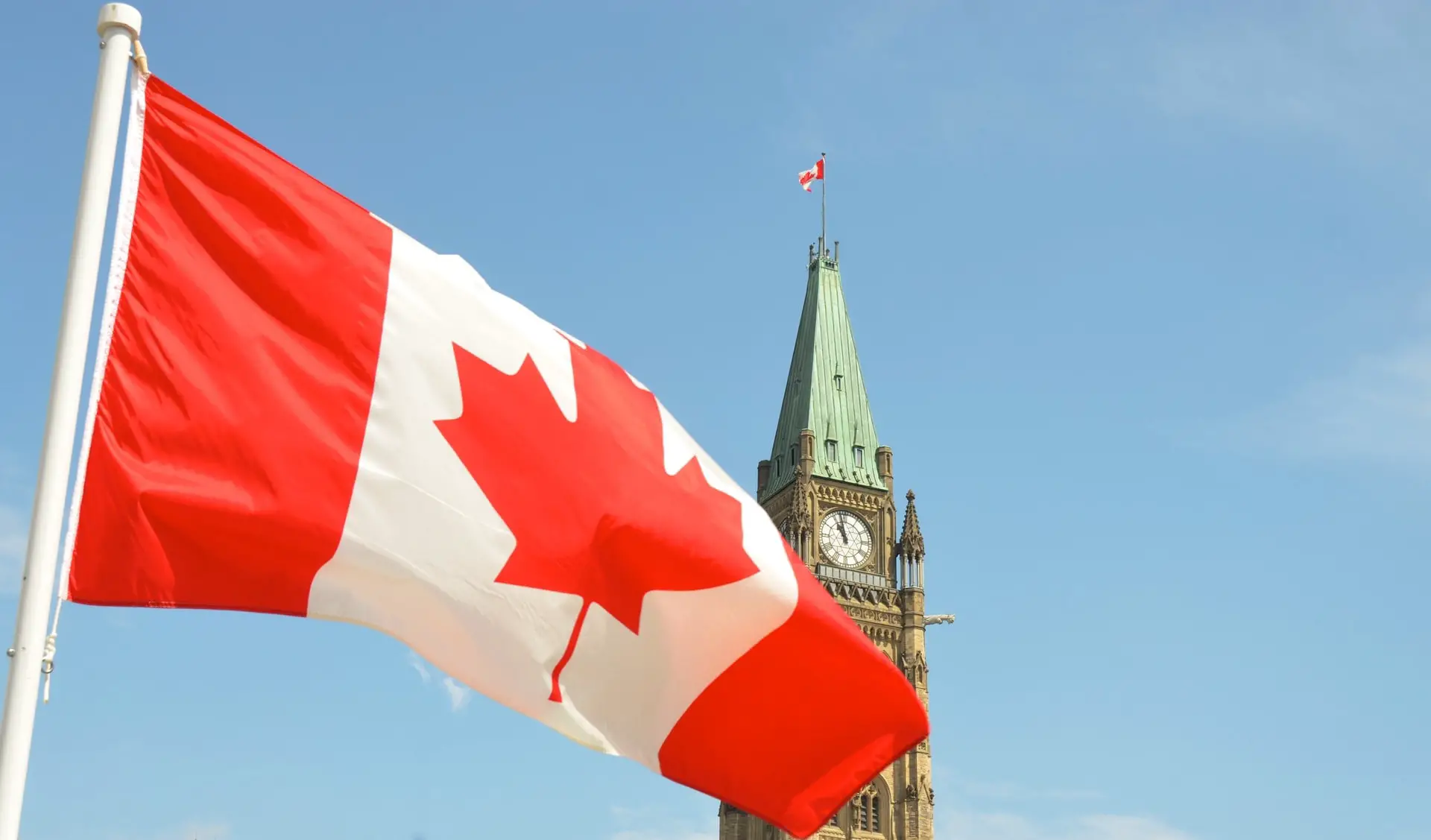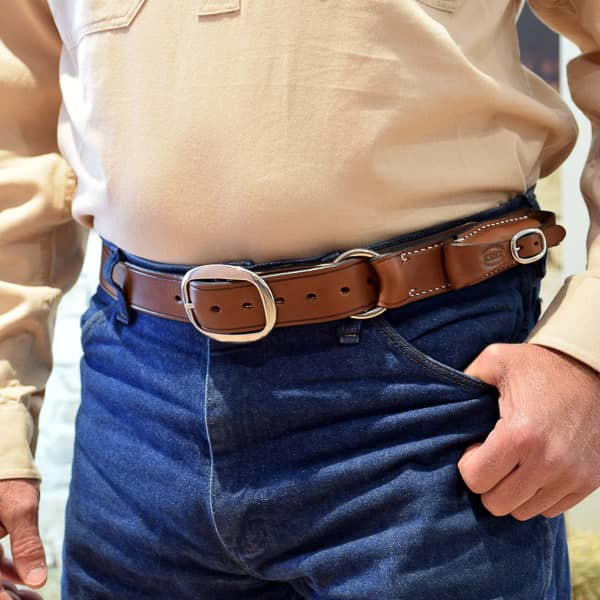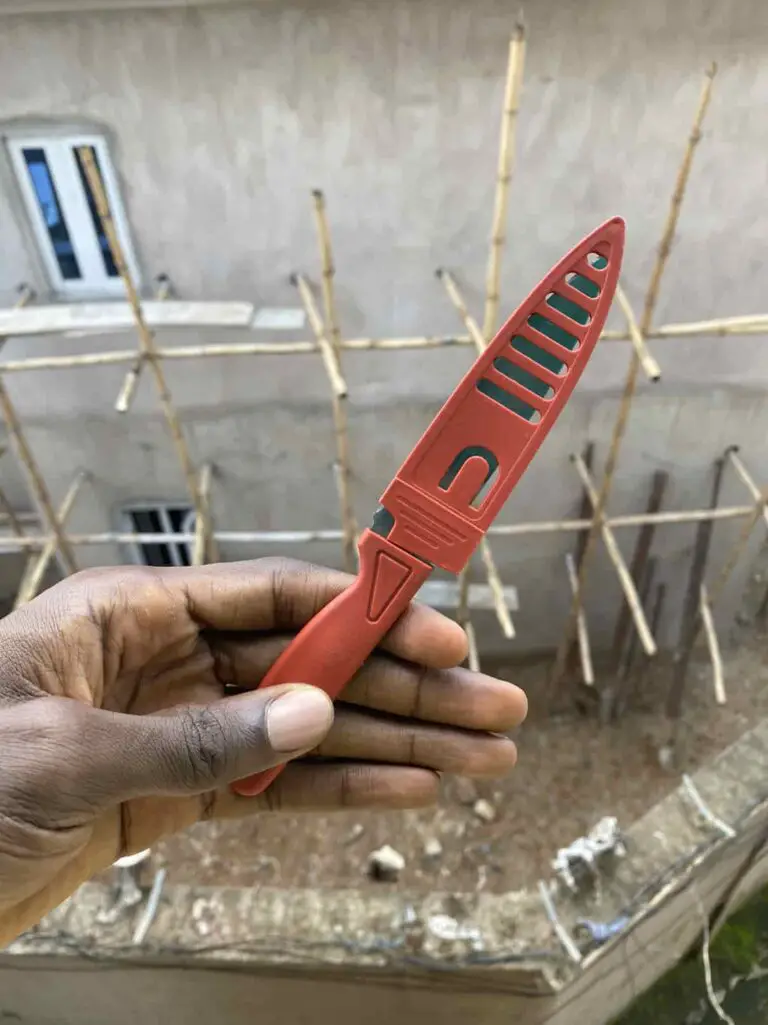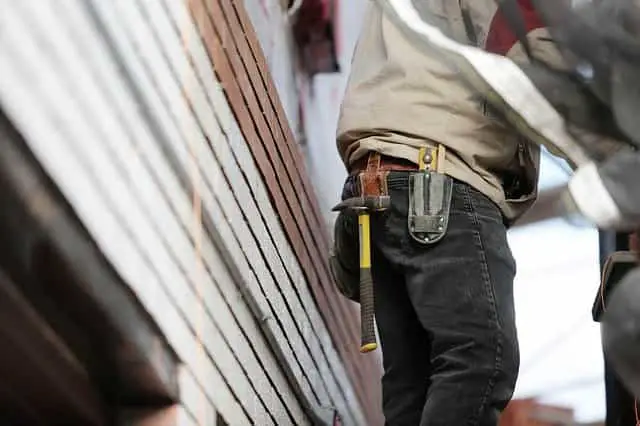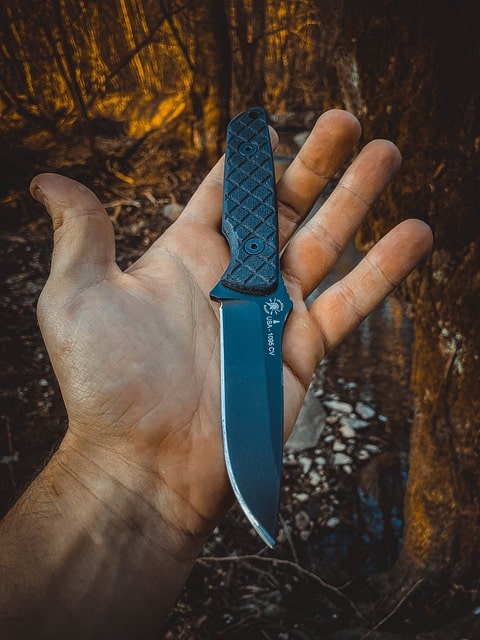You can take general kitchen, paring, and small pocket knives via the land border into Canada without facing any issues with the Canada Border Services Agency.
However, you can neither fly with knives of any kind (even if they are legal) nor carry illegal knives via the land border.
Thus, stick to everyday tactical and kitchen knives when traveling over the land border.
For more context on what knives you can carry into Canada, continue reading the rest of this piece.
What Kind of Knife Can’t You Bring into Canada?
Canada isn’t too strict with its land border control and doesn’t have as strict knife laws as the USA either. Still, the list below details some of the knives you can’t take into the country:
- Switchblades
- Butterfly knives
- Gravity knives
- Belt buckle knives
- Centrifugal knives
- Push daggers
- Automatic blades
- Ballistic knives
This is not an exhaustive list but gives you a general idea of the standard knives to not take into Canada. However, as I explain below, this doesn’t mean you can’t take some specialty and tactical knives onto Canada.
What Kinds of Knife Can You Take into Canada?
You can take ordinary kitchen knives and legal pocket knives into Canada without incident.
You can also cross the US-Canada border with hunting, fishing, camping, and other outdoor knives, provided they are well-packed and carry them with the right intent.
Also, if these knives were bought in the US and you’re taking them back to Canada, you might have to declare them for applying appropriate custom duties. The same is true if this is a gift. Although, in that case, I doubt you’ll be charged anything as long as you prove they were gifted to you.
Tips to legally cross the US-Canada border with a knife
After all said and done, follow these tips to carry a knife over the US-Canada border without breaking any Canada Border Services Agency (CSBA) laws
#1 Check That Your Knife Is Legal
It would be best if you never carried dirks, daggers, switchblades, butterfly knives, ballistic knives, pen knives, and automatic blades, among others, into Canada.
You can refer to the list above for the legal and illegal knives to take into Canada or cross back into the USA. If your knife is illegal, don’t try to smuggle it in since it’ll spell big trouble for you when border control finds out.
#2 Have a Valid Reason for Carrying Knives
It’s best to have a valid reason for crossing into Canada with larger knives like hunting, fishing, camping, and other outdoor blades.
Since these are more utility knives that can be deployed in a tactical role, it’s essential to establish that you don’t have any malicious intent for carrying them.
Otherwise, the knives may be confiscated, you may be denied entry, charged with a crime, or a combination of these.
#3 Declare Any Knife You’re Unsure About
Declaring your knives to Canadian border agents shows transparency and honesty. So, they treat you more leniently than if they found the knives after searching by themselves.
The border agent will usually allow you to carry on without incident, provided you have a valid reason for carrying those knives. At worst, you’ll be told why you can’t have those knives on you as you enter the country, and they’ll be confiscated.
#4 Answer All Questions Truthfully
Never try to play around with Canadian border agents when answering questions about your knives, declaring them, or stating your intents. It takes one stressed-out agent not putting up with your show to charge you with something serious, deny you entry and cause many headaches.
Be as open, upfront, and transparent as possible. These border agents are there to do a serious job, and it’ll be great if you can respect them while at it.
Trust me when I say they’ll respect you more often than not.
#5 Avoid Self-Defense Mentions
I know that knives may sometimes be great for self-defense, and I even wrote a guide all about that, but the border is not the best place to mention that.
Border patrol knows not everyone is calm enough only to use their knives as a last resort. And who’s to say you won’t be the aggressor since you already plan on using your knife in a violent situation, even if it’s to get out of it?
So, avoid mentioning that your knives are there for self-defense unless you (or the blade) don’t want to make it into Canada on that day.
What Size of Knife Is Illegal to Carry in Canada?
There are no specific knife length limits to carry in Canada. However, the knife shouldn’t have a blade longer than 30 centimeters, never be used outside of work/recreational purposes (such as hunting and fishing), and should be legal to carry.
Thus, while there’s no knife length limit in Canada, it must not be found on you outside the designated areas where such knives should be applicable. Otherwise, you could be charged with an intent to harm other persons, a severe crime in Canada.
Should You Carry a Knife into the Canadian Border?
Now that you know you can carry some knives into Canada, this question is entirely different.
You shouldn’t carry knives across the border into Canada unless necessary and can be adequately explained to the CSBA at the primary questioning point.
Otherwise, leave them and get alternative knives in Canada.

